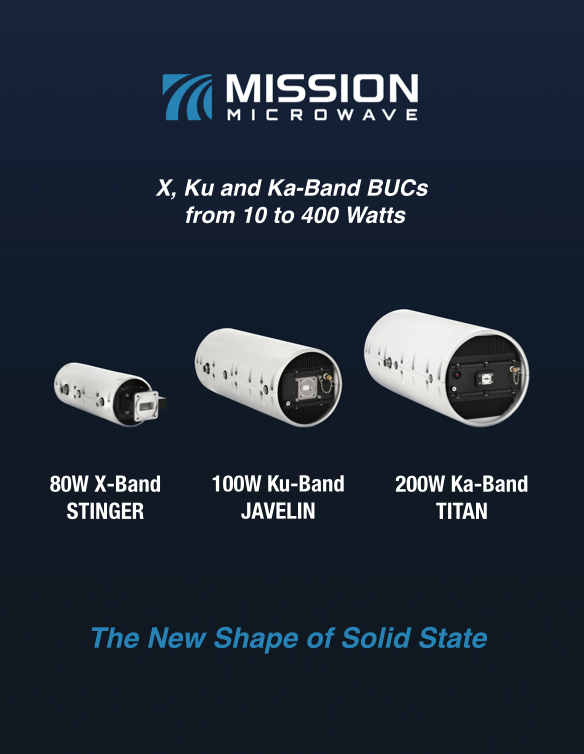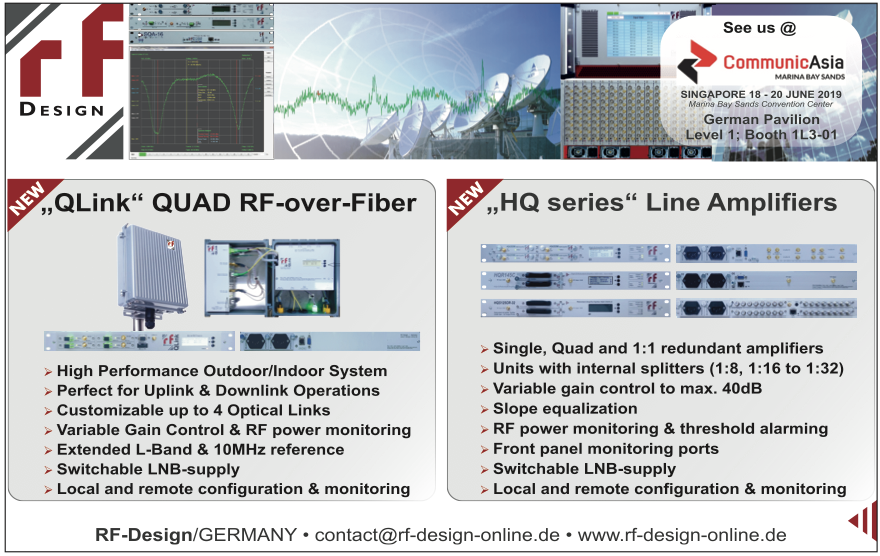The company is also taking steps to incorporate Artificial Intelligence (AI) to manage the swarms of smallsats that are on the horizon, explained CEO Niels Buus.

GomSpace (ticker: GOMX), headquartered in Aalborg, Denmark, is already taking a giant leap forward when it comes the company’s production methods. GomSpace is leaving a purely prototype-based development and production approach and, instead, turning toward what Henry Ford accomplished with the first Model-T automobile — a modern industrial serial production.
Even though smallsats most likely aren’t going to be spit out of the production line like smart phones or cars, the entire industry, in which GomSpace is one of the larger players, still anticipates more and more constellations of nanosatellites being launched into space. That requires an entirely different level of management and communication capabilities, be it from ground to space, from space to space or from space to ground, as the larger number of satellites dramatically increases the complexity of a mission. Therefore, AI is expected to play a far larger and more significant role in the future.
This is one of the reasons behind the recently announced intention by GomSpace and its partner, 2Operate, to boost constellation management with the integration of AI. 2Operate and GomSpace, together with Aarhus University in Denmark, are already working together within the MegaMan project, funded by Innovation Fund Denmark, to evaluate how existing telecom standards and existing AI-solutions developed for the terrestrial telecom sector can be leveraged to manage future smallsat mega-constellations robustly and efficiently.
Saving Money
For instance, the use of AI for satellite constellation management can help reduce the number of operator hours required to manage them by simply reducing the work-load associated with network monitoring and root-cause-analysis tasks.
Reducing the workload equals saving money — that causes the launch and subsequent operation to be less expensive. The more tasks, analyses and data interpretations that can be automated by computer systems, the better.
Moreover, as the large swarms of satellites dramatically increase a mission’s complexity, AI seems inevitable, simply because computers can be trained to react faster to different kinds of challenges than human beings.
A thousand satellites flying in constellation in low orbit can deliver a completely new kind of data service from space to ground — for instance, for real-time, airline tracking. When in operation, a swarm of satellites may deliver constant, up-to-date Earth-encompassing data about every single airborne airplane in the skies above the planet, and that means never again having to deal with missing planes or lost ships.
Smarter — and Quicker
The smart thing about AI in constellation management is that the systems gradually become more and more intelligent, based on a pattern of how things typically work.
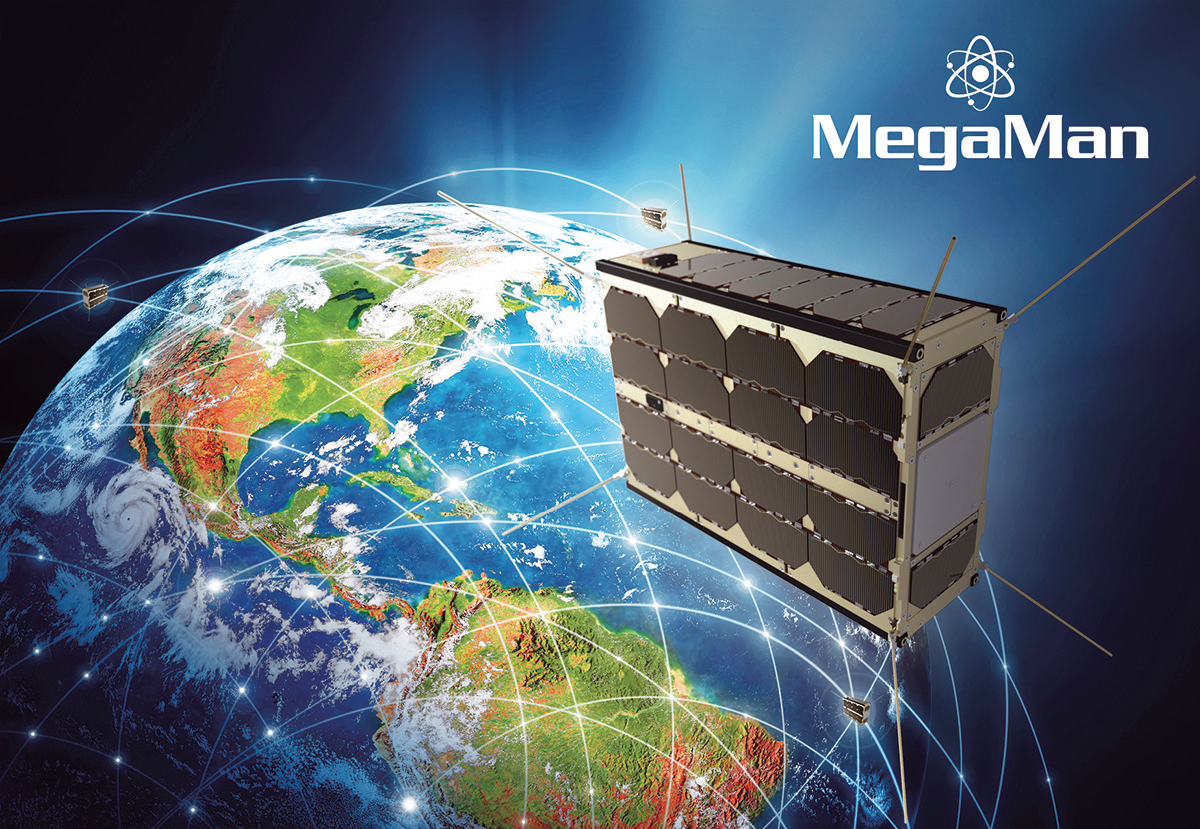
If the system is taught how a power supply in a satellite works and is fed with data from the power supplies of a constellation, it can help very early on to identify units that are likely to malfunction in the future. This would allow operators to take prudent action to ensure that system level operations will not be disrupted by the impending failure — e.g., by activating back-up satellites on-line ahead of time.
Another way of using AI is to simply teach the system what the distance is between any two satellites. In case the satellite proximity warning is activated, the inherent intelligence automatically adjusts the speed or direction to alter the distance between the satellites.
Such an operation may not even require the involvement of human beings, and that again lowers operation costs. As it is today, the operators will need to register the alarm, decide what to do about it, program the satellite to either speed up or slow down, and then repeat the process until the error is corrected. Definitely a much slower process, more costly and, most likely, less accurate.
Leveraging a Decade of Experience
Based on several successful trials, GomSpace and 2Operate are preparing the introduction of advanced AI-capabilities through GomSpace’s Mega-Constellations Operations Platform operated by GomSpace’s subsidiary in Luxembourg.
GomSpace CEO Niels Buus explained that the company is leveraging more than a decade of experience enabling satellite-based businesses to provide a cost-effective solution, and the company has generated a wealth of intellectual property and experience of operating subsystems.
This includes payloads, platforms, constellations, ground stations and end-to-end services and all of these are currently being consolidated in this innovative platform.
“Being able to operate satellite constellations 24/7 with the highest availability is a key capability for GomSpace and being able to integrate proven solutions reduces both risk and required investments. This is a key element in our endeavors to successfully integrate Artificial Intelligence and increased computer power as part of our constellation management offerings,” Niels added.
AI Improves ROI
In 2018, GomSpace initiated its activities in Luxembourg focusing on constellation management services.
The company’s team in Luxembourg and Denmark are addressing the need for intelligent, flexible and scalable operations for satellite constellations by introducing a new cloud platform and service model whereby the management of thousands of smallsats can be tackled.
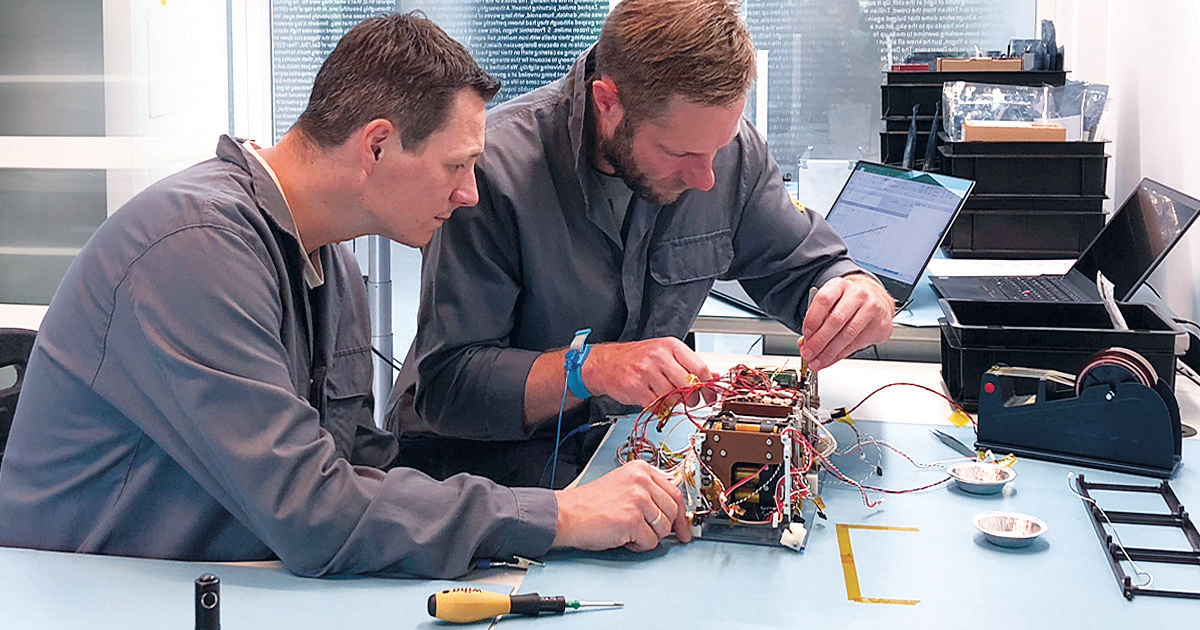
Constellation management of smallsats requires a wealth of disciplines, such as configuration management, security, network management, situational awareness, orbital dynamics, scheduling, automation, disaster recovery, simulations, radio-frequencies and regulations. GomSpace is continuously improving the company’s platform and, by adding an increasing amount of AI, the total return on investment and end-user service is continually improved.
Deviant Behavior Corrected in a Millisecond
At the end of the day, the integration of AI is far more than only a technological achievement.
Today, if an airplane sends a signal that something is wrong, the maximum time-cap is 1.5 seconds before the air traffic control unit on the ground receives that information. What takes the time after that such a recognition is received is that a human being must decide what to do about it — and that is critical for the in-flight crew as well as passengers and/or cargo.
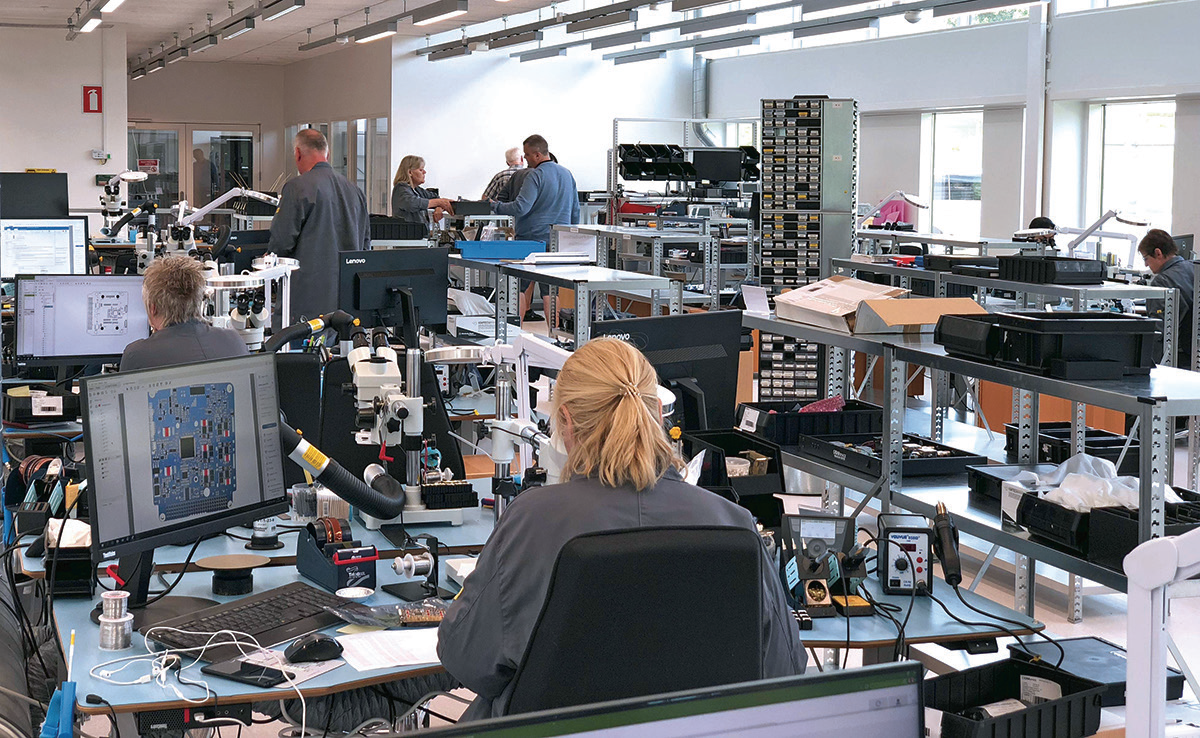
Therefore, GomSpace seeks to leverage the power behind intelligent computer systems so that deviant behavior in a smallsats is automatically analyzed and corrected in a matter of milliseconds.
The roadmap for the company is, therefore, to make certain that everything around smallsat operations are working in an extremely predictable manner.
Once ground stations, the infrastructure and the satellites work as they have been designed to do, the industry can start running algorithms that gradually make the underlying computer systems more and more intelligent.
“We are not fully there yet. But, once we are, being able to intelligently and automatically manage mega-constellations of smallsats with a fraction of the manpower compared to today, will be another giant industry leap with massive potential,” Neils Buss concluded.


